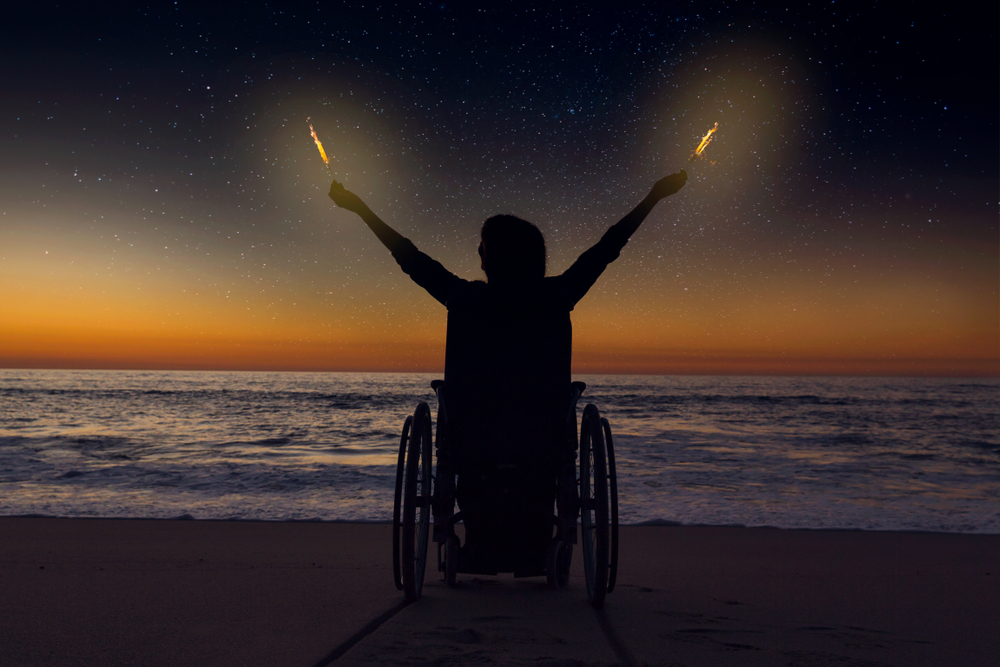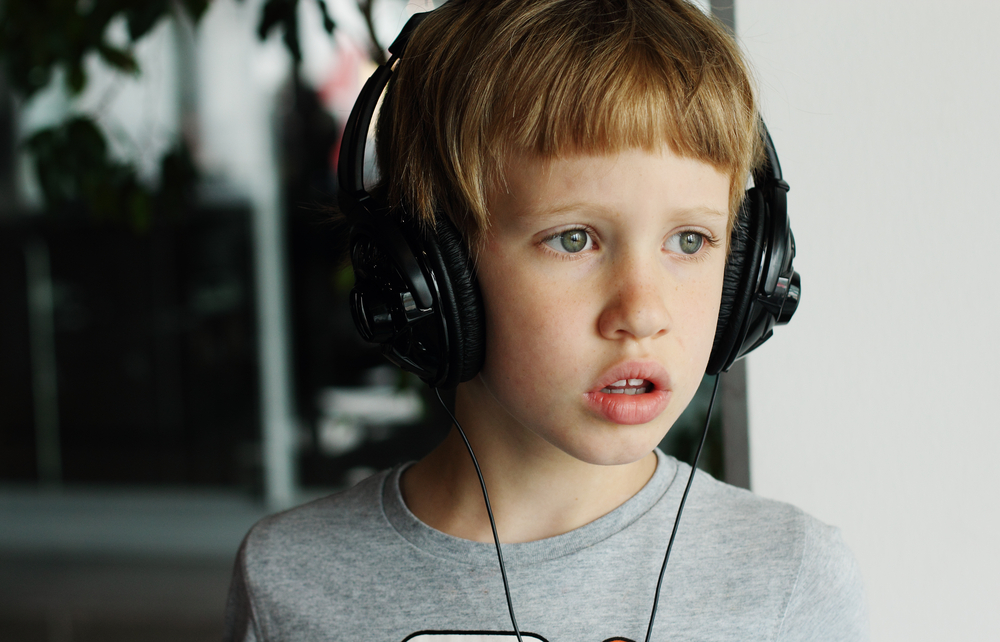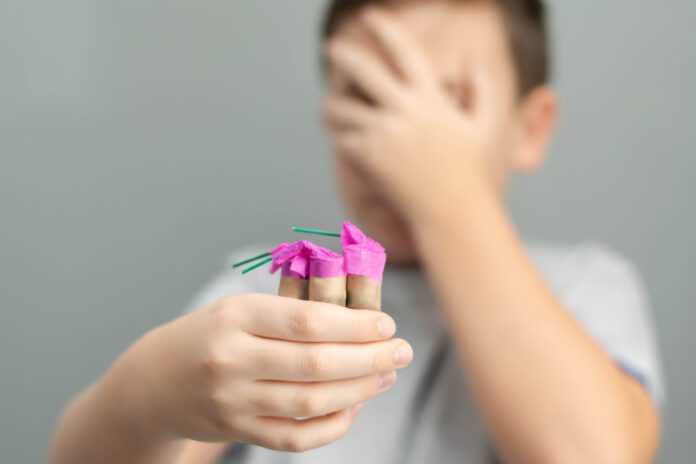A longstanding annual tradition, fireworks are set off at the stroke of midnight to celebrate the coming of the New Year. Many people love the festive, colorful bursts but others — including some people with disabilities like autism, PTSD and sensory-processing disorder — dread the sights and sounds of firework displays ignited on New Year’s Eve. So plan ahead by considering these tips to prepare people with autism and other disabilities for fireworks.
How to Prepare People with Autism for Fireworks
-
Communicate the Change in Routine
Routines help to provide the framework for the day. And, for those who need to avoid overstimulation and/or minimize sensory experiences, routines allow one to lessen anxiety. For people with autism and other special needs, a change in routine can be especially troublesome. Plan to:
- Start communicating the upcoming change a few days in advance. Discuss the schedule for the day, what will happen during the change (including details about the fireworks display) and what break options may be available.
- Integrate a variety of communication methods, such as videos, pictures, stories, etc. of fireworks to help illustrate what is expected with New Year’s Eve fireworks.
-
Integrate Calming Elements
- Because nature is calming for most, get some fresh air and outdoor time on New Year’s Eve well before fireworks are expected to go off.
- If physical activity is also a go-to calming strategy, be sure to exercise on New Year’s Eve.
- Also practice calming breathing exercises, positive self-talk, meditation and similar strategies beforehand.

-
Minimize Overstimulation
- You may not know if and when fireworks will go off in your neighborhood or close proximity, so plan to stay inside at home (if best) with a plan.
- Whether you watch from a window or outdoors at an organized fireworks event, provide sunglasses to minimize stimulation from light.
- Similarly, offer earplugs or noise-canceling headphones to lessen startling noises. Consider playing white noise to offset unfamiliar sounds.
- Also incorporate comforting items, such as a weighted blanket, compression vest, a child’s lovie toy, favorite sensory-friendly clothing, etc.
-
Real-Time Reminders
- While many that stay awake until midnight count down to the ball drop, know that additional cues may be beneficial for those with autism and other disabilities. Remind those with special needs of what’s to come and, if helpful, count down to specific transitions and/or changes (i.e. one minute until fireworks, 10 seconds until the crowd cheers when the ball drops).
- Prompt your loved one with autism, PTSD or special needs to communicate if he/she/they needs a break during the stimulating activity.
-
Backup Plan at the Ready
- Evaluate the exit plan prior to arrival. Should fireworks (or any activity) be too much to enjoy, will you be able to leave the area quickly and safely?
- If attending a fireworks show isn’t enjoyable, do you have an alternate activity option to pivot to?
- If needed, have prescribed anti-anxiety medication accessible.

Safety Tips to Prepare People with Autism — and All Abilities
Aside from triggering people with autism, PTSD and sensory issues, fireworks can also be extremely dangerous for people of all abilities. In fact, the National Fire Protection Association reports that emergency rooms treat roughly 13,000 people for firework-related injuries each year, including burns on the hands, fingers, head, face, legs and eyes. These burns can range from mild to severe — and can be debilitating or life-threatening.
To avoid the risk of debilitating injury, note that:
- It’s best to attend a professionally-run fireworks display hosted by trained, experienced personnel (rather than at-home use).
- If you plan to ignite fireworks at home, be sure to use legal fireworks. Some fireworks are deemed illegal for personal use because of the serious risk of danger.
- Light fireworks outdoors, ideally on a flat, concrete surface away from grass or flammable items. Choose a spot away from houses, cars, spectator areas, etc.
- Note that flaming hot sparklers can cause injury to children with and without disabilities. Opt for safer alternatives for youngsters, such as glow sticks.
- Read and follow directions noted on firework product labels.
- Have a bucket of water handy to dispose of used fireworks.
- Also have a fire extinguisher, first aid kit and cell phone (to call for help) at the ready in case of emergency.
Wishing all a happy and healthy New Year!






